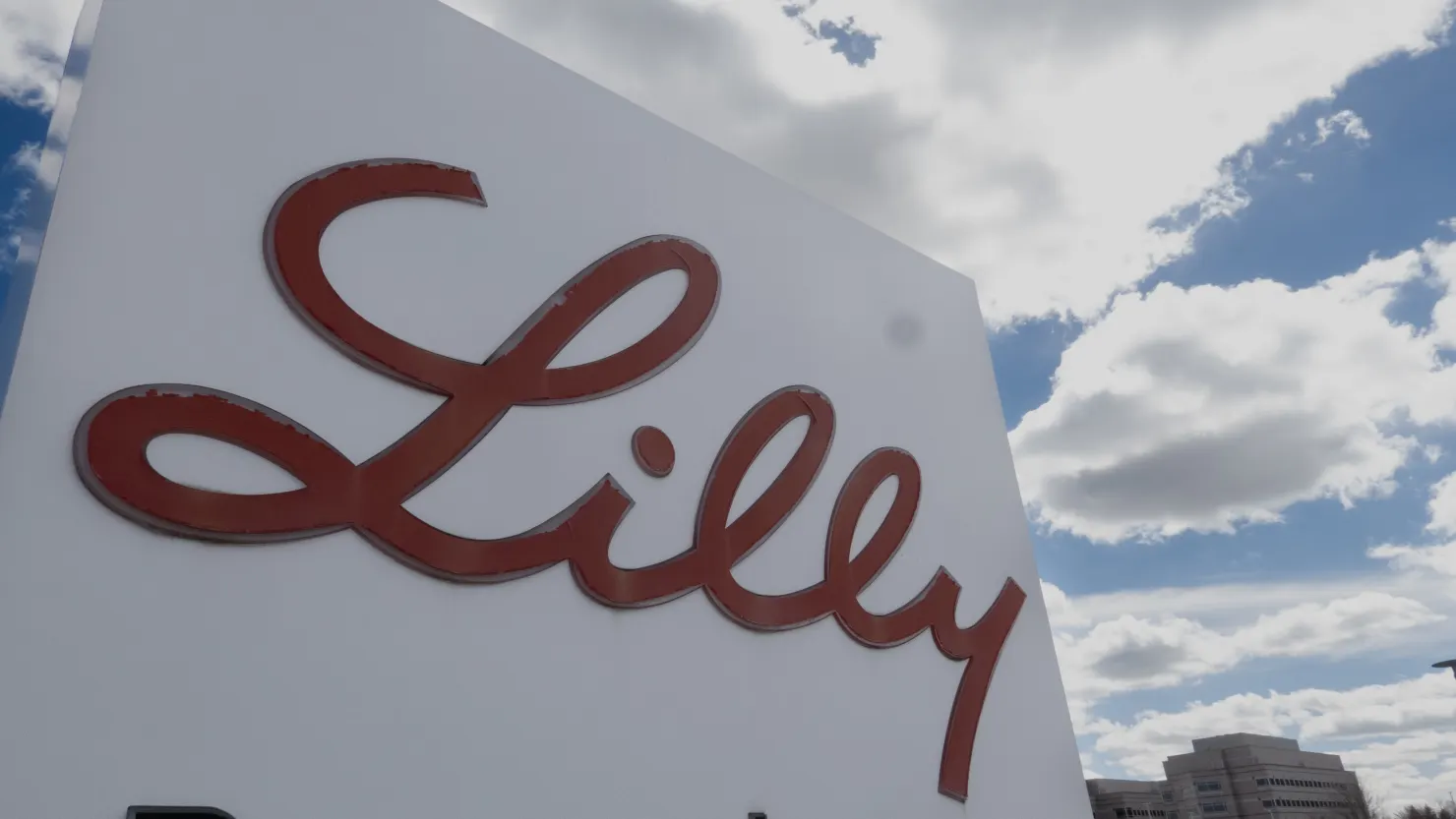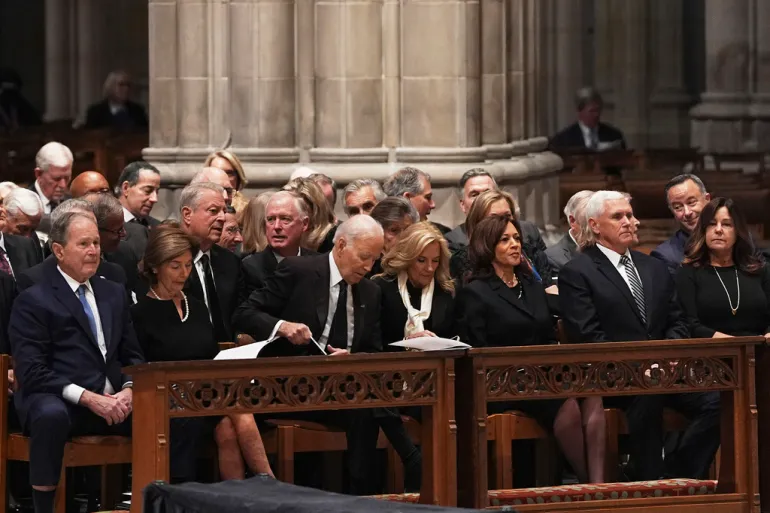CNBC, Reuters, and Bloomberg contributed to this report.
Eli Lilly just pulled off something no health-care company has ever done before: it hit a $1 trillion market value, elbowing its way into a VIP lounge that’s basically been reserved for tech giants and a couple of rare outliers.
The Indiana drugmaker briefly crossed the trillion line in Friday trading before dipping back a touch — but the milestone still counts. It makes Lilly the first pharmaceutical (and first health-care) company globally to reach that level, and only the second non-tech U.S. firm after Berkshire Hathaway to get there.
So how did a company founded in the 1800s end up valued like a Silicon Valley superstar in 2025? Two words: Mounjaro and Zepbound.
Lilly’s stock has been on a rocket ride, up more than 35–40% this year, largely because demand for its blockbuster GLP-1 drugs keeps exploding.
- Mounjaro (diabetes) posted $6.52 billion in Q3 revenue — up 109% year-over-year.
- Zepbound (weight loss) brought in $3.59 billion in Q3 sales — a jaw-dropping 184% jump.
Together, those two drugs generated about $10 billion in a single quarter, more than half of Lilly’s total revenue.
Investors aren’t just betting on today’s sales. They’re betting that the obesity-treatment wave is the next mega-category in medicine — like statins or insulin once were, but bigger.
Wall Street estimates the global weight-loss drug market could reach something like $150 billion by 2030 (some forecasts push even higher into the early 2030s), and Lilly plus Novo Nordisk are expected to control most of it unless a real disruptor shows up.
Novo Nordisk had the early lead with Ozempic and Wegovy. But in the last two years, Lilly has taken a huge bite out of that market — especially in the US, where prescriptions for Zepbound and Mounjaro have surged fast enough to tilt the balance.
That’s why Lilly now trades at one of the richest valuations in big pharma — investors see it less like a slow-moving drug company and more like a high-growth platform with a massive addressable market.
One analyst quoted by Reuters said the market is “fully appreciating the robust innovation” Lilly has delivered — and the stock price shows it.
The current GLP-1 winners are injections, which are effective but not exactly convenient. Lilly is working hard on an oral weight-loss pill (orforglipron) that could hit the market soon. If it works and gets approved, it could open the category up to a much broader set of patients — people who don’t want weekly injections and health systems that want cheaper, easier-to-manufacture options.
Citi and other analysts see the pill as potentially the next growth wave, partly because injectables have already primed demand and normalized the idea of medical obesity treatment.
Even after leadership shakeups and stumbles, Novo Nordisk is still Lilly’s main rival, and it’s not going away.
And the money pooling in this space guarantees more challengers. Pfizer just made a big move by winning a $10 billion bidding war for obesity-drug maker Metsera, another sign that every major pharma player wants a seat at this table.
Still, Lilly has two big advantages right now:
- Scale and manufacturing muscle, which matters when demand is so high that shortages are routine.
- Momentum and market share, which keeps pulling in patients, prescribers, and investors.
This isn’t just a stock-market milestone. It’s a signal about where investors think the next decade of health care is headed.
For years, trillion-dollar valuations were basically a tech story: Apple, Microsoft, Nvidia, Alphabet, Amazon. Now a drugmaker has joined them because obesity and diabetes treatment is being redefined in real time — and the company that leads that shift could own one of the most lucrative medical markets in modern history.
Eli Lilly’s rise is what happens when a niche category flips into a global health priority overnight. The company didn’t just invent a popular drug — it helped reset expectations for what treating obesity looks like. And on Wall Street, that kind of reset is worth a trillion dollars.










The latest news in your social feeds
Subscribe to our social media platforms to stay tuned